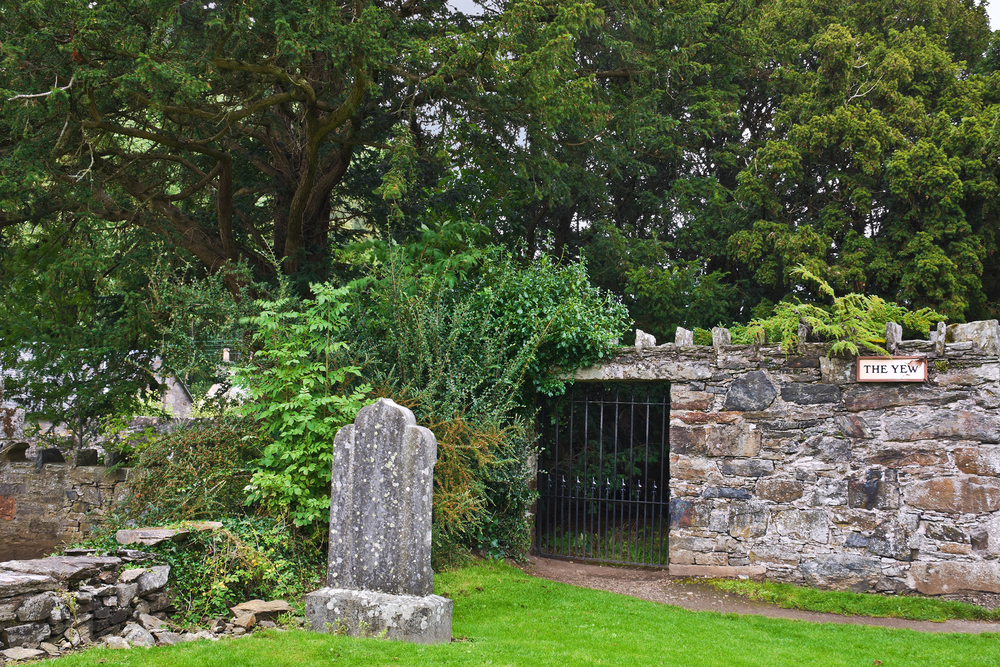
Something strange is happening to Britain’s oldest tree: it appears to be changing sex.
Reputed to be 5,000 years old, the Fortingall Yew in Perthshire, Scotland, has awed visitors for centuries due to its immense age. Now, the ancient tree, which could be the oldest in the UK, is causing more wonder by apparently undergoing a sex change.
Male and female yews are easy to distinguish in autumn and winter, because only the females produce berries. Instead, the males have small spherical structures that release pollen in winter and early spring. Throughout its long history, the Fortingall Yew has only ever been recorded as male, but this autumn the tree has sprouted a cluster of bright red berries–a distinctly feminine trait.
According to the scientist who made the discovery, Dr Max Coleman from the Royal Botanic Gardens in Edinburgh, conifers have been known to change sex in the past, although the phenomenon is ‘very rare and unusual’ and has never before been observed in the Fortingall Yew.
‘We know that plants and trees produce chemicals similar to hormones that determine male and female characteristics but we don’t know what environmental factors might have triggered the sex change in the Fortingall Yew or why only one patch has been affected and not the whole tree,’ he told Love Nature.
Seeds and cuttings have been collected from the tree to be included in an ambitious conservation and research project at Edinburgh’s Royal Botanic Gardens, which will see a hedge woven together out of samples of yew trees from across the world.
‘Yews have an enormous geographical range, including Europe, the Caucasus, Western Asia and North Africa, but the UK seems to be the only place that has ancient ones,’ said Dr Coleman.
Ancient yew trees can be found in churchyards throughout the UK and are believed to have had special significance in pre-Christian beliefs. Other noteworthy specimens include the Crowhurst Yew in Surrey and the Ashbrittle Yew in Somerset.
Gauging the age of an ancient yew is tricky because their inner cores have rotted away, leaving scientists with no annual growth rings to count. The Fortingall Yew was aged at 5,000 years in 1756 based on its girth measurement, but more recent estimates have suggested the tree might be (only) 2,000 to 3,000 years old.
